Triassic period
(252-201 MYA)
8
Biomes
2
Continents
35
Animals
35
Plants

Map
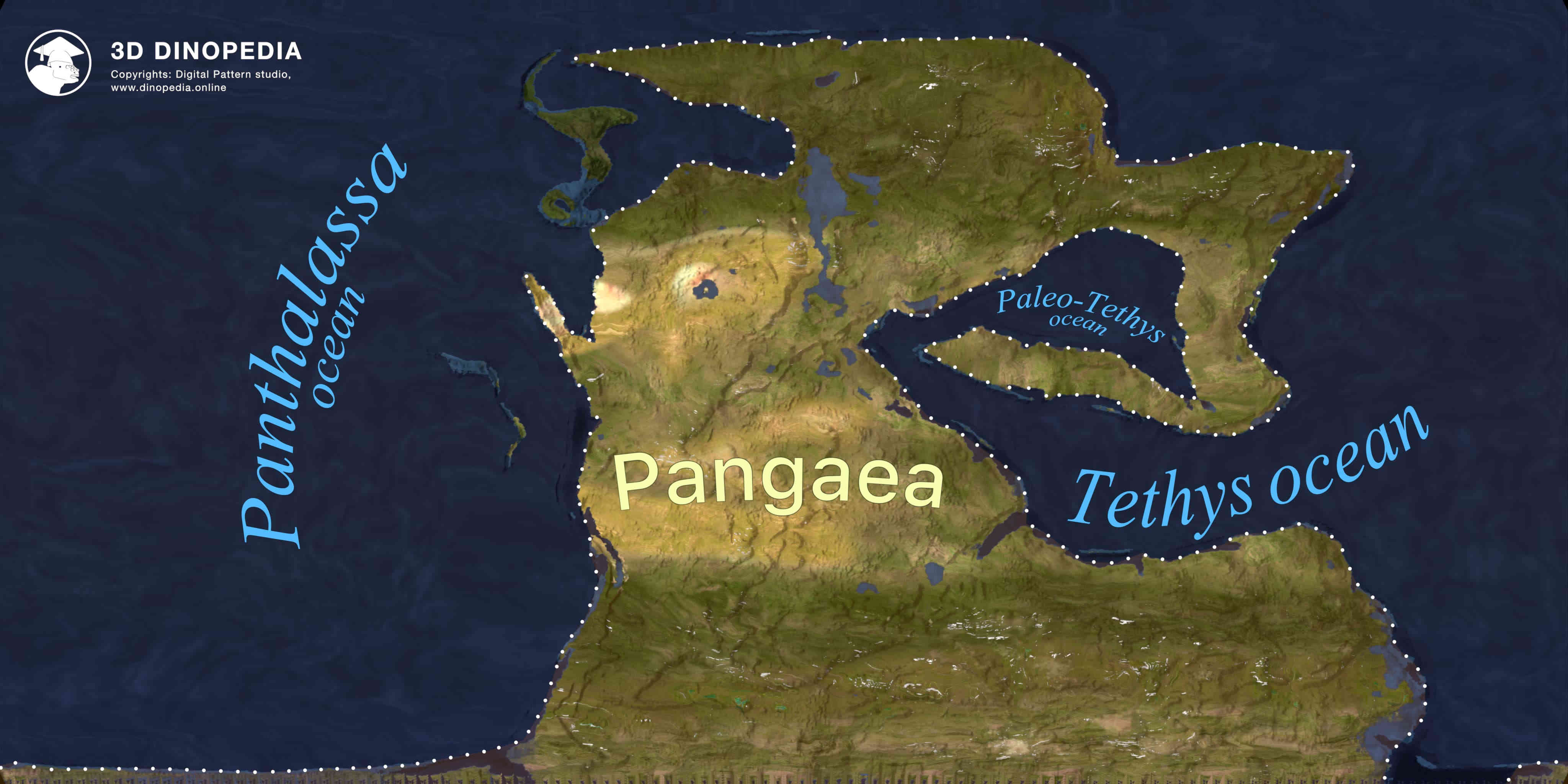
Description
The Triassic is the first period of the Mesozoic era. It spans a time interval of 51 million years, from 252 to 201 million years ago. The name comes from the Greek word " τριάς" (three), as geological investigations were first conducted in Germany, where the deposits of this period are clearly divided into three layers.
The Triassic begins immediately after the greatest extinction of the Phanerozoic eon. The recovery of biological diversity on the planet continued throughout the period, but it was particularly rapid in the first few million years. Many new species, genera, and even families emerged, and new living creatures began to conquer the land, water, and air.
During the Triassic period, a massive landmass existed - the supercontinent Pangaea, which combined all modern continents. Such a configuration of lithospheric plates, together with a low sea level, led to the formation of extensive desert areas within the supercontinent. The climate was mainly dry and continental, with sharp temperature fluctuations, although there was a gradual softening towards the end of the period.
In terms of flora, ferns and gymnosperms began to dominate. Some plants (Bennettitales) made an attempt to create a new organ – a flower. Possibly, real flowering plants appeared as early as the Triassic.
One of the key events was the appearance of the first dinosaurs, although their diversity was significantly less than in the subsequent Jurassic and Cretaceous periods, and their size was not yet as impressive. The dominant land animals were various relatives of crocodiles - pseudosuchians (Pseudosuchia) (crocodile-like). This time also saw the appearance of the first pterosaurs, as well as mammals. The primary terrestrial vegetation consisted of coniferous and ginkgo trees, as well as various ferns. The first gymnosperms with some semblance of a flower - the Bennettitales - appeared. Perhaps it was in the Triassic that the first true flowering plants (angiosperms) also appeared.
The period ended with another great mass extinction. As a result of this event, numerous marine animals disappeared, and on land almost all pseudosuchians (Pseudosuchia) disappeared. The vacant niches were quickly filled by other reptiles - dinosaurs, who would unconditionally rule the land in the subsequent periods of the Mesozoic.

Animals
Expand more
Loading...

3D Biomes
Articles
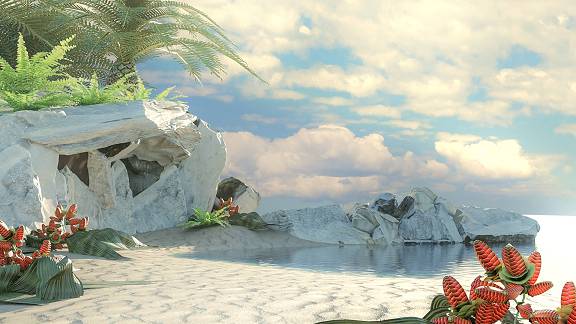
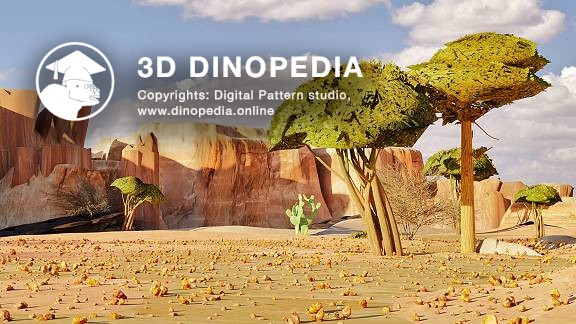
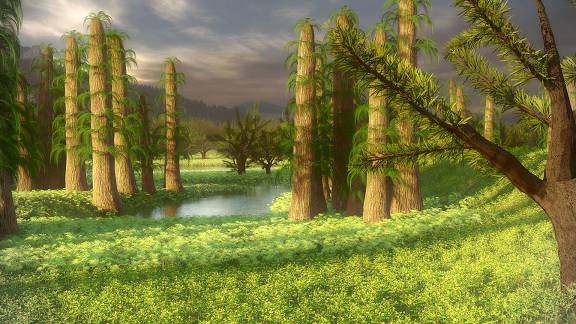
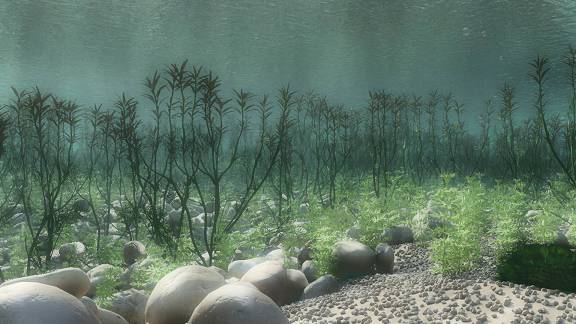
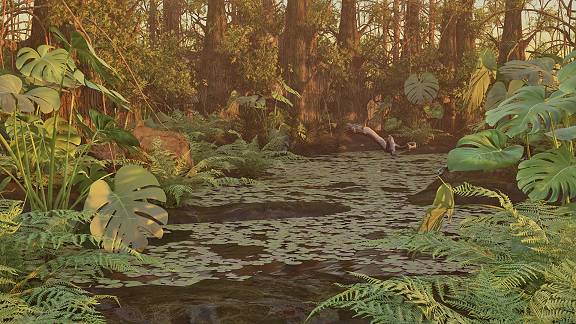
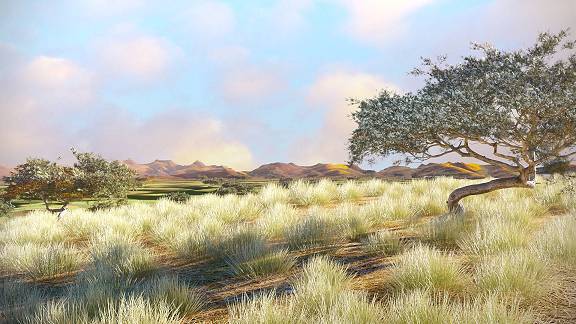
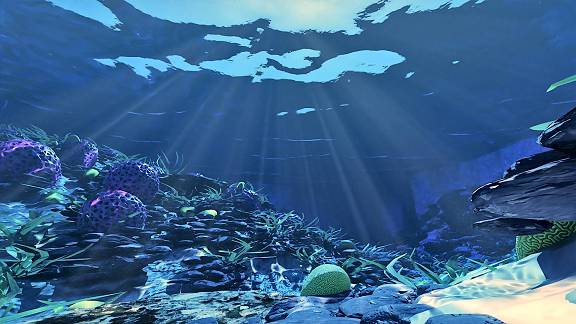
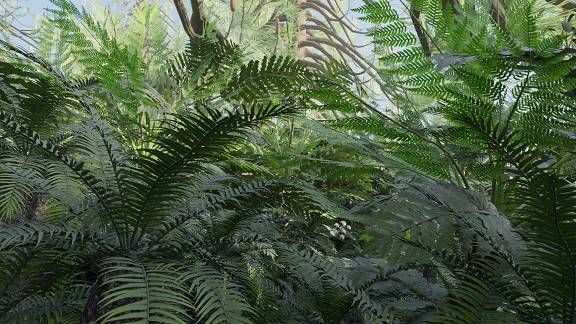
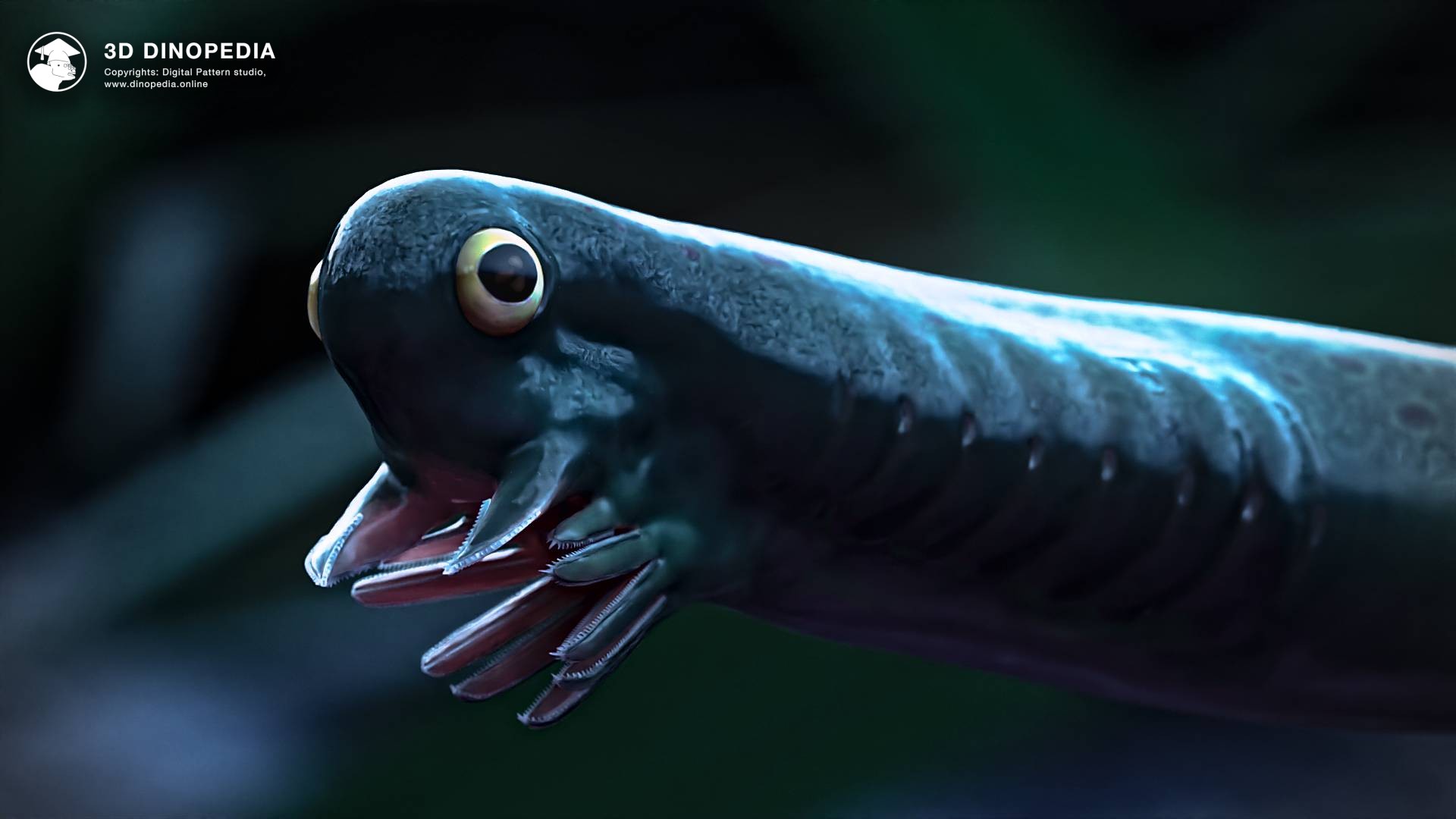
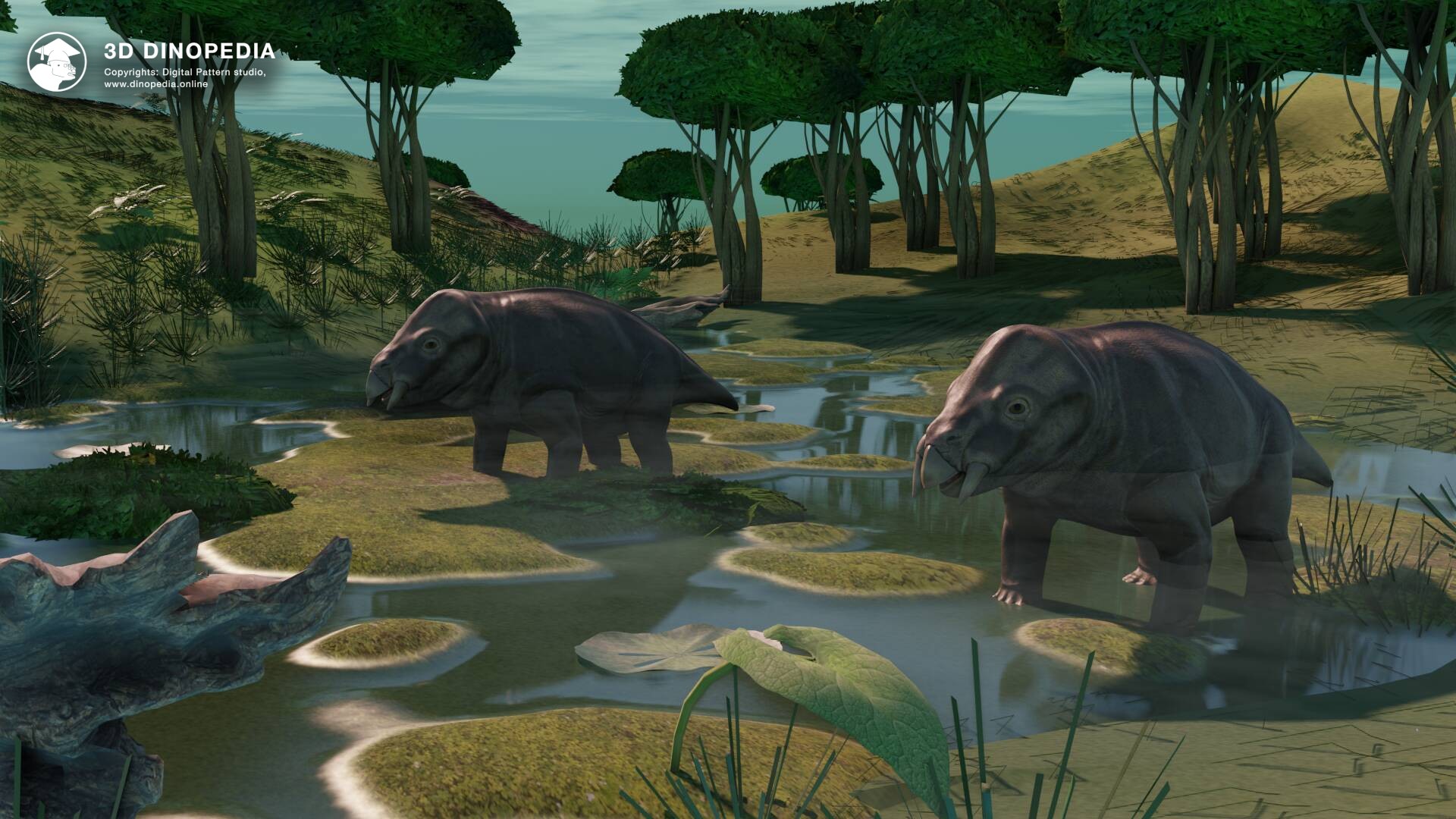
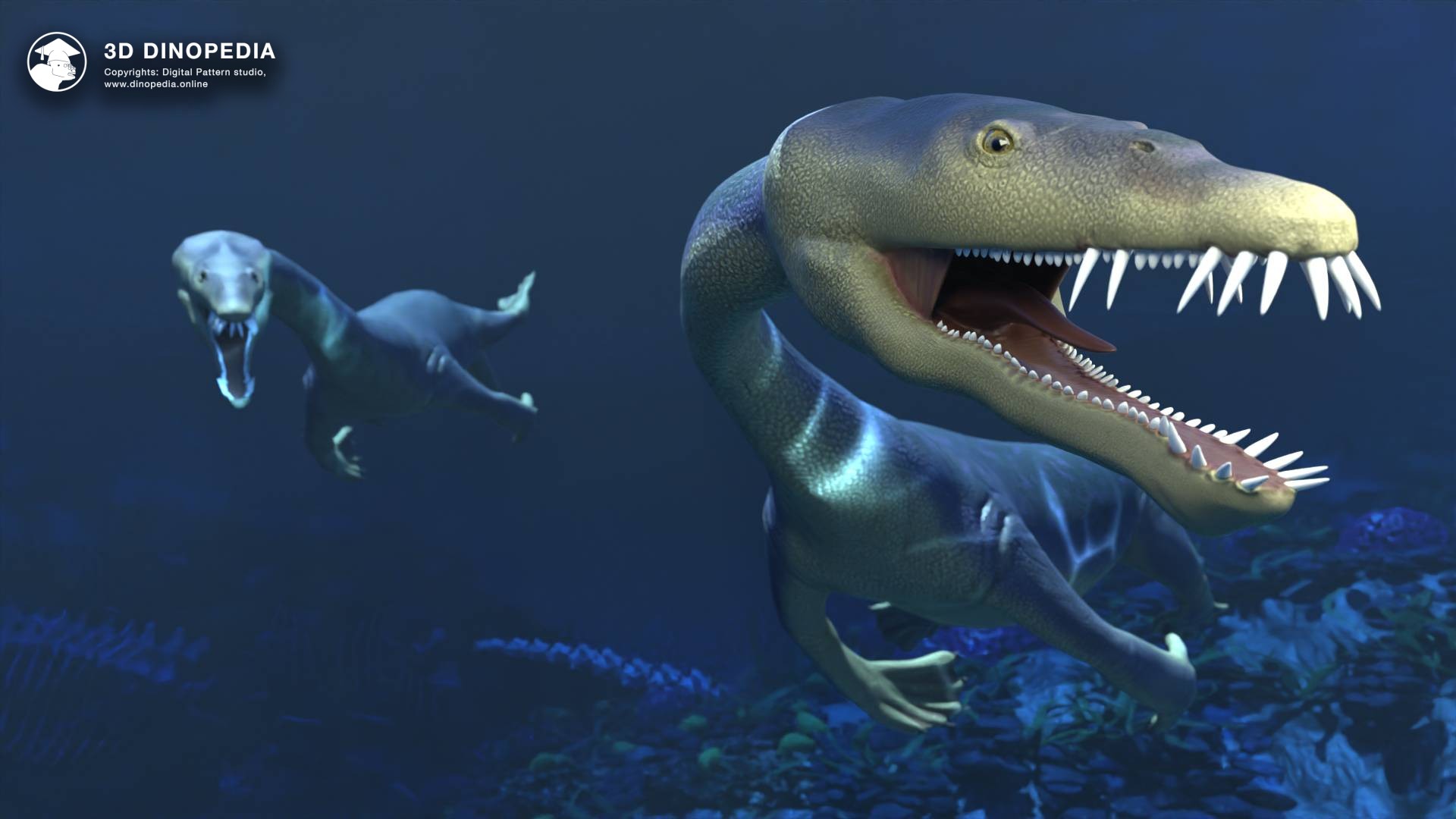
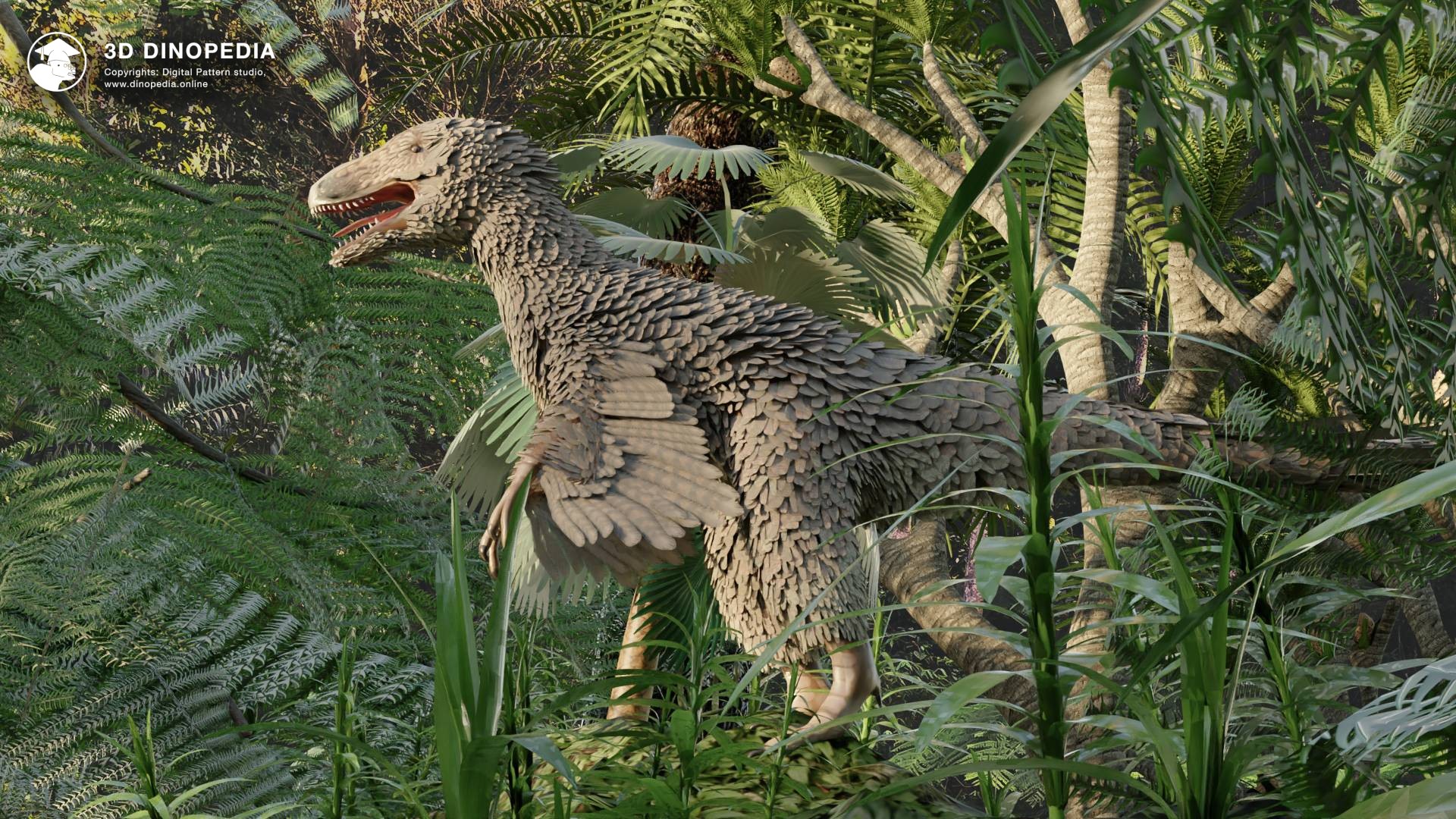
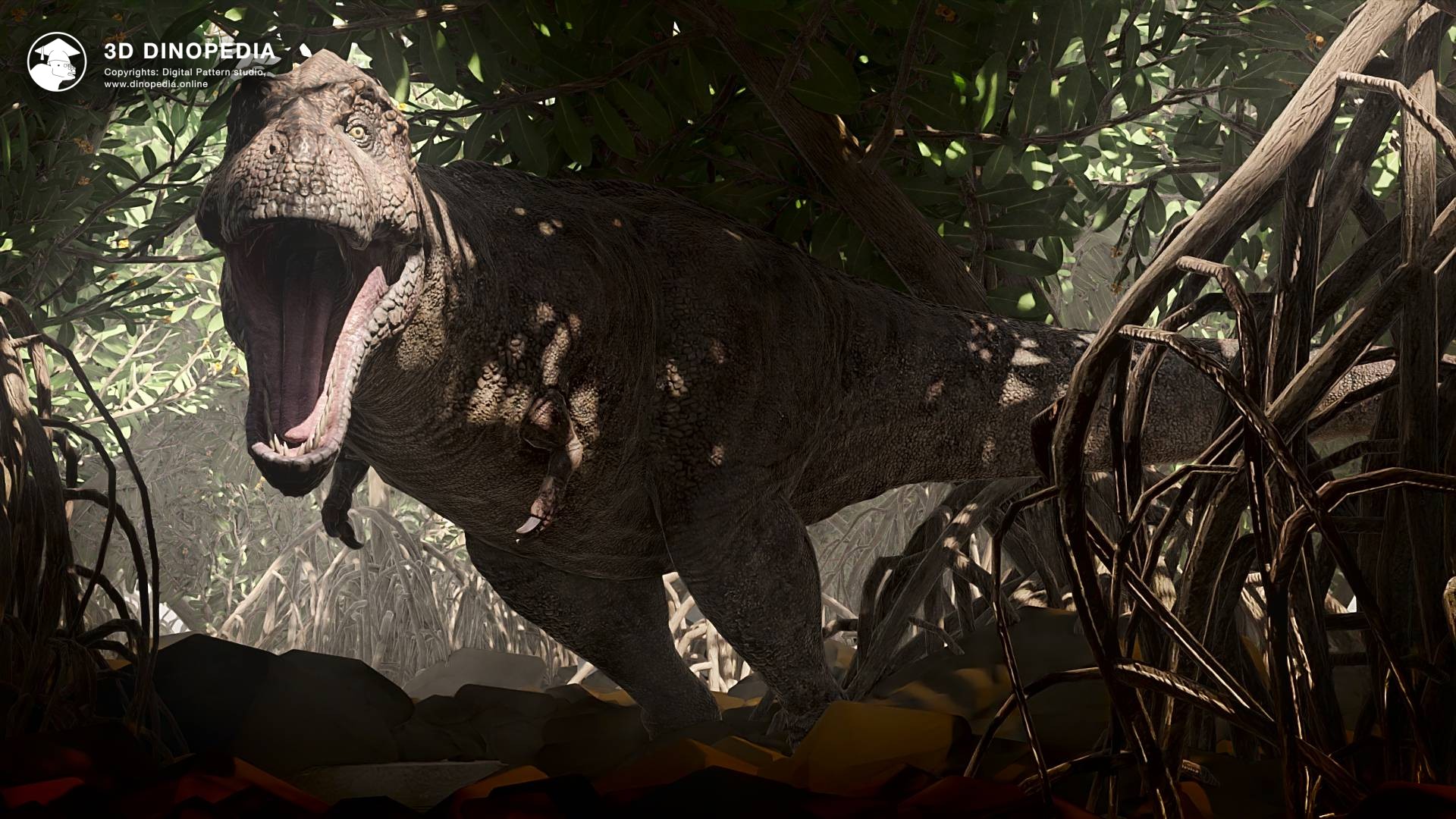
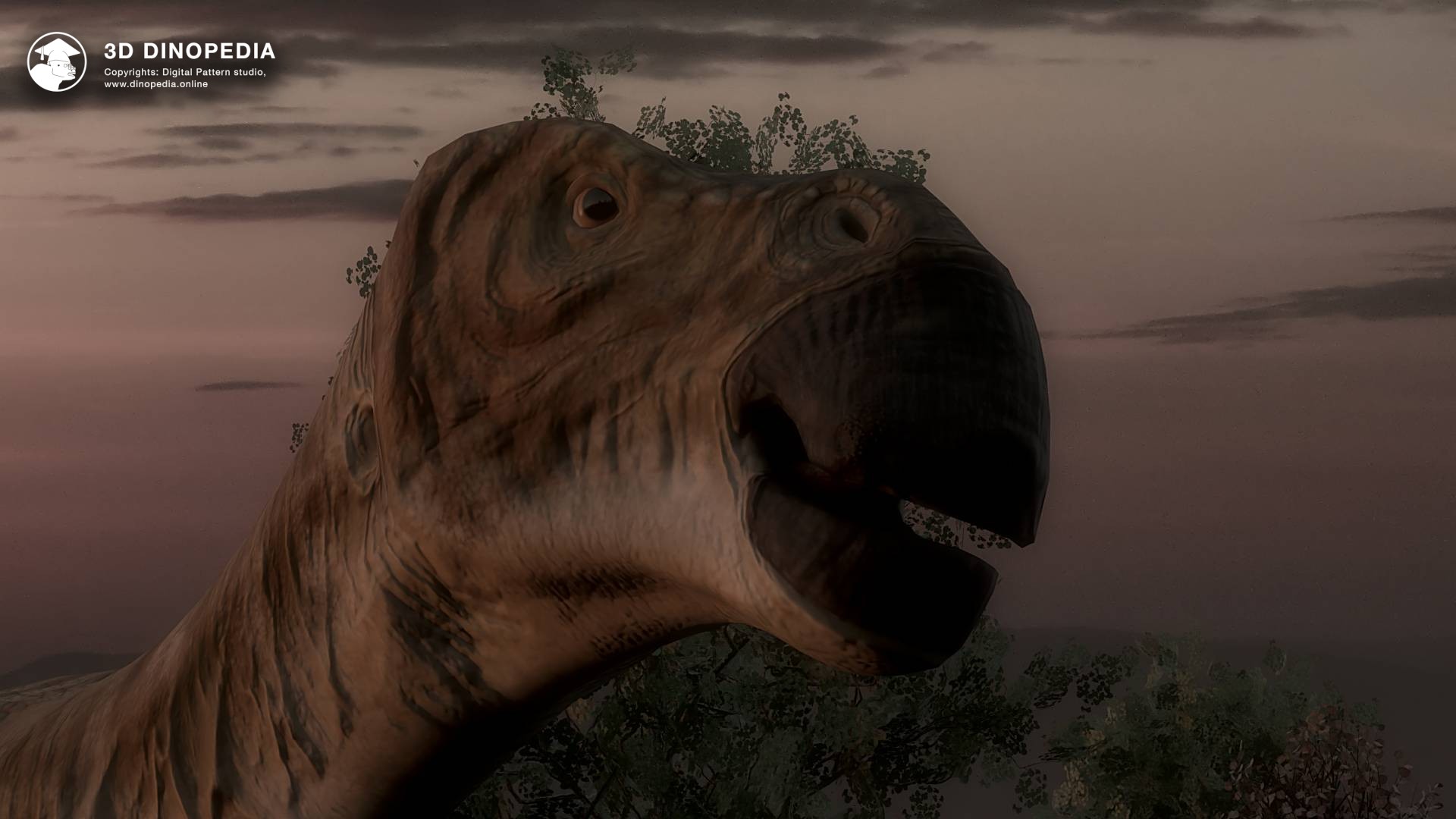
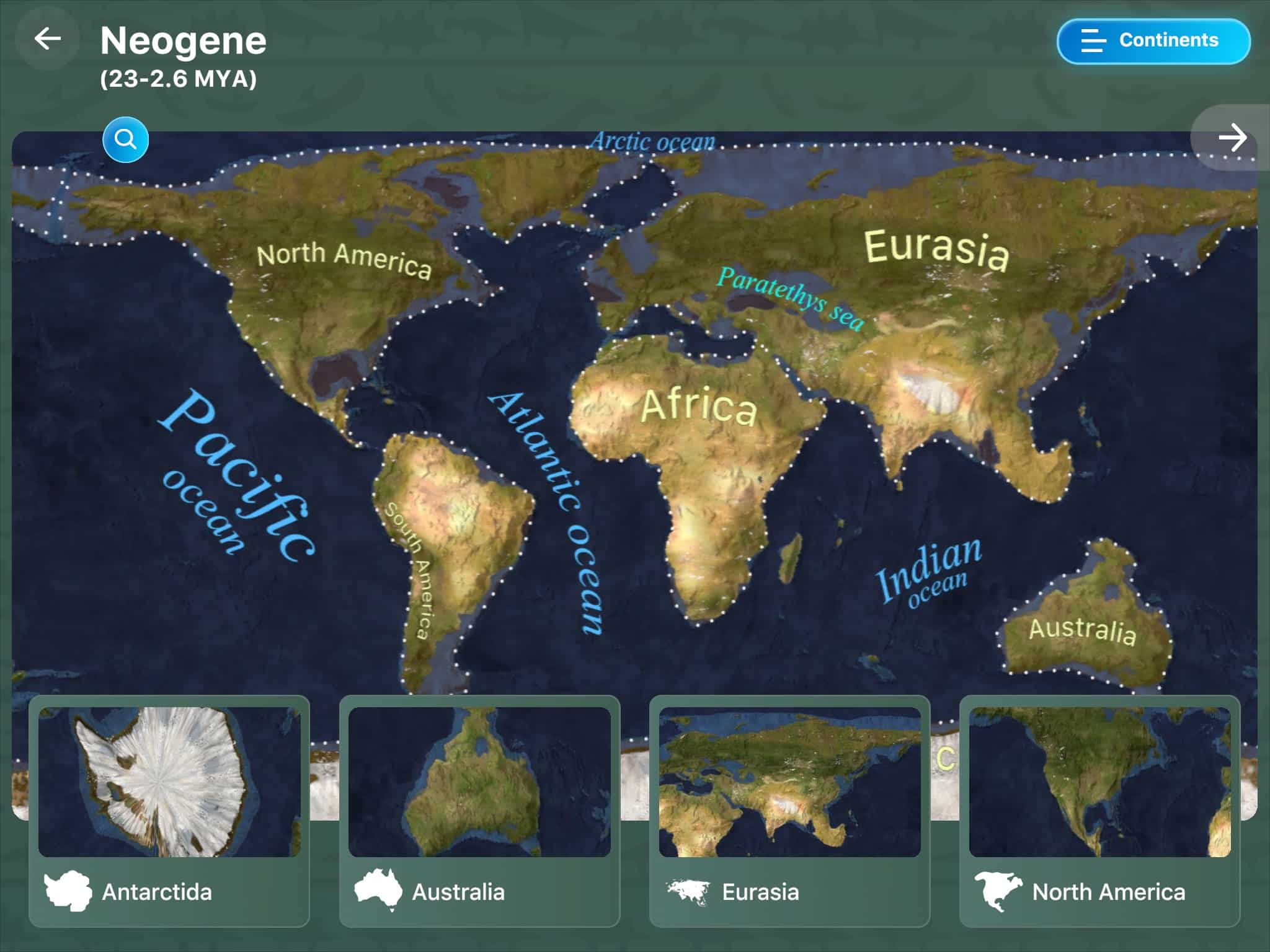

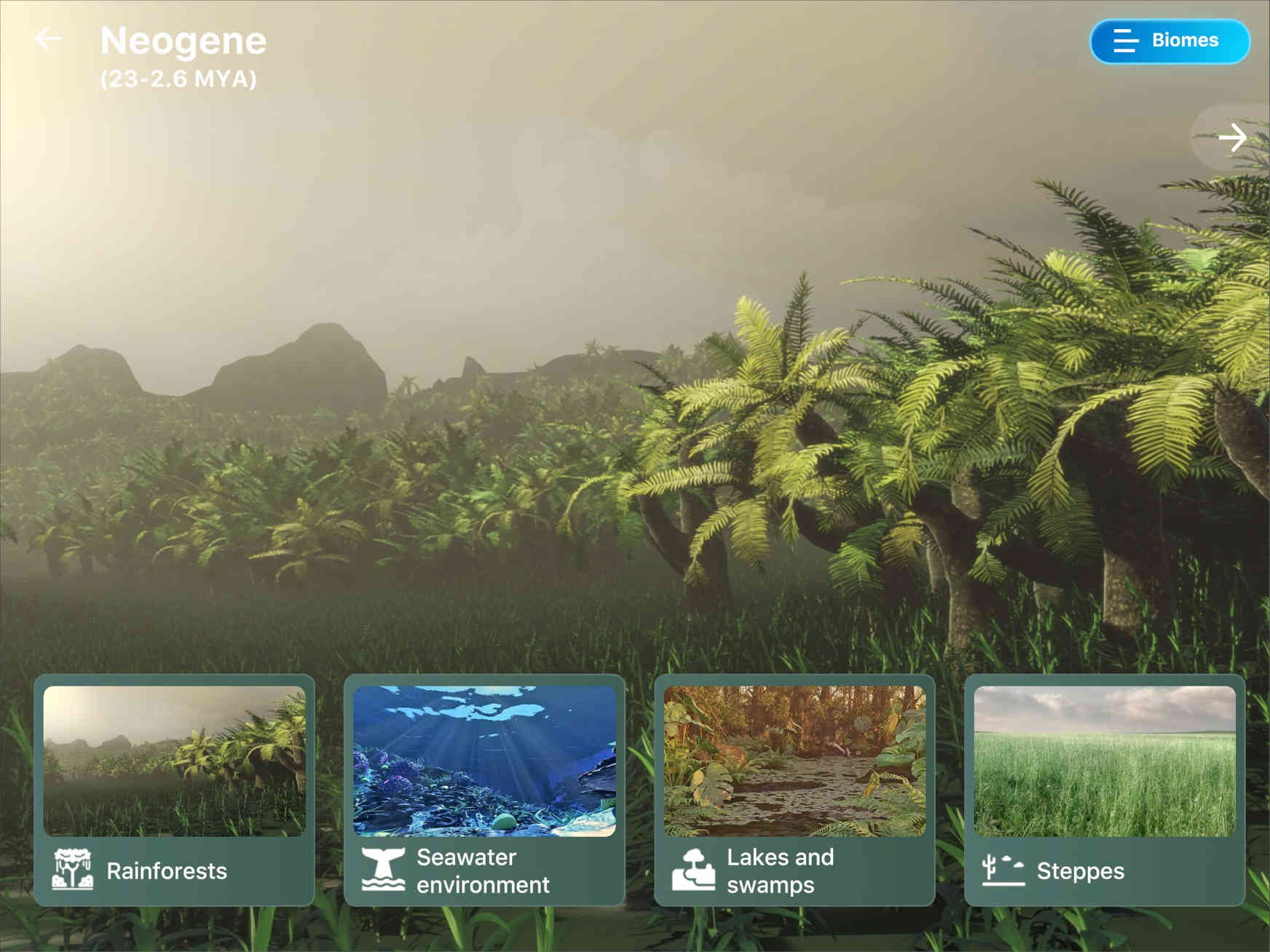
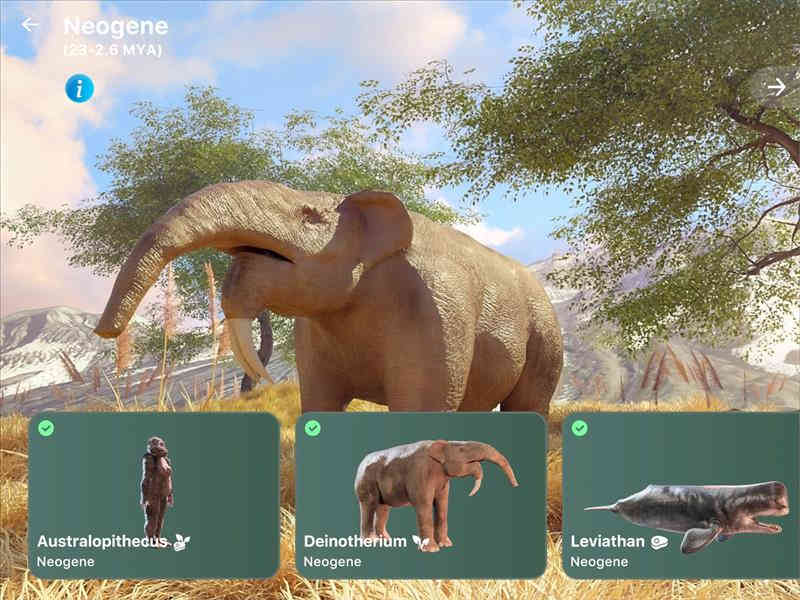





 CONTINENTS
CONTINENTS
 3D BIOMES
3D BIOMES
 FAUNA
FAUNA
 FLORA
FLORA
 EVENTS
EVENTS
 DISCOVERIES
DISCOVERIES
 GALLERY
GALLERY
 3D EARTH
3D EARTH

